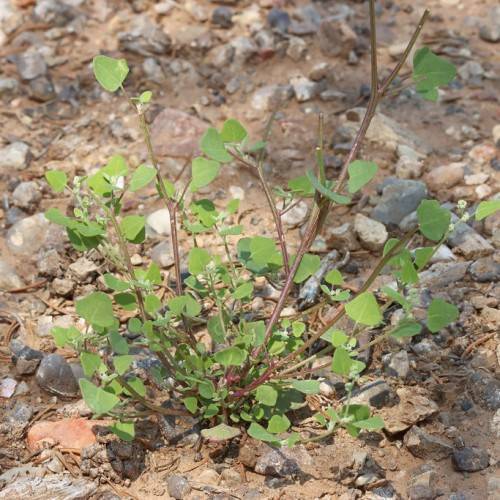
Watson's Goosefoot
Chenopodium watsonii
Also Known As - Dakota Stinking GoosefootWatering:
Minimal
Hardiness Zone:
Flowers:
Flowers
Sun:
Sun
Soil:
Sand
Leaf:
Yes
Growth Rate:
Low
Drought Tolerant:
Yes
Salt Tolerant:
Yes
Care Level:
Medium
watering
Smooth Goosefoot should be watered sparingly. Depending on the season, it can withstand periods of drought and may require no supplemental water. In the summer months, it should be watered deeply to keep the soil moist but not waterlogged--approximately 1-2 inches of water every 10-14 days. During the winter, it may only need to be watered if the soil is particularly dry, and about a half-inch of water should be sufficient. If temperatures are expected to drop to freezing, water should not be provided as it can result in root damage.
sunlight
Smooth Goosefoot (Chenopodium subglabrum) thrives best in full sun or partial shade. It can tolerate some shade, but will produce more flowers and have more robust growth when in full sun for 6 to 8 hours each day. To ensure it has enough sunlight, plant it in an area that gets direct sunlight in the morning before noon, ideally at least 6 hours of sunlight during the growing season.
pruning
Smooth Goosefoot (Chenopodium subglabrum) should be pruned once a year in late winter or early spring. Pruning should remove any dead or diseased branches, as well as any branches that are crossing or blocking light from reaching the interior of the plant. Additionally, prune off any stems that are excessively long and stems that have a poor form.
